Oregano: From Ancient Roots to Your Kitchen – A Spicy Journey Across Continents!
Have you ever sprinkled some oregano on your pizza and wondered, "Wait… where did this magical herb come from anyway?" Well, wonder no more! Whether you're a spice fanatic or just someone who appreciates a good Italian marinara, you’re in for a treat. Let’s dive deep into the aromatic world of oregano — its origins, varieties, and how to make the most of it in your kitchen.
Table of Contents
- The Origins of Oregano – It Started in the Mediterranean
- Types of Oregano Around the World
- How to Grow Oregano at Home – Tips for Green Thumbs (and Not-So-Green Ones)
- Cooking with Oregano – When to Add It, How Much, and What Pairs Best
- Health Benefits of Oregano – It's Not Just Flavorful, It’s Fabulous
- Proper Storage Techniques – Keep That Flavor Fresh!
- Fun Facts About Oregano – Because Why Not?
The Origins of Oregano – It Started in the Mediterranean
Oregano is like that cool friend who claims they’re “from around here” but actually grew up traveling the world. The truth? Oregano hails from the Mediterranean region, specifically Greece and Italy. Its name comes from the Greek words “oros” meaning mountain and “ganos” meaning joy — literally translating to “joy of the mountains.” Now that’s poetic enough to impress your friends at dinner parties.
Historically, oregano was used by the ancient Greeks not only as a flavor enhancer but also for medicinal purposes. They believed it could cure ailments ranging from snake bites to digestive issues — talk about a multitasking herb!
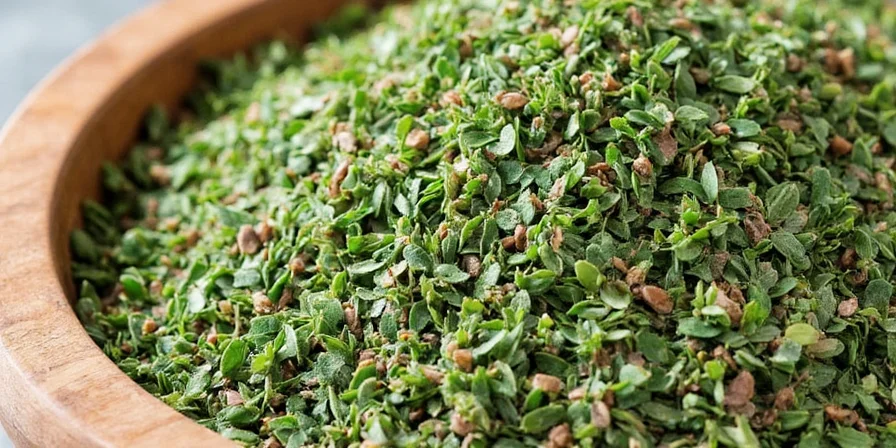
Types of Oregano Around the World
You might think oregano is just one thing, but there are actually several types grown across different continents. Here’s a quick breakdown:
| Type | Origin | Flavor Profile | Best For |
|---|---|---|---|
| Greek Oregano | Mediterranean | Strong, earthy, slightly bitter | Pizza, grilled meats, tomato sauces |
| Italian Oregano | Italy | Slightly sweeter, less pungent | Pastas, soups, stews |
| Mexican Oregano | Mexico | More citrusy, floral notes | Tacos, chili, mole sauces |
| Cuban Oregano | Caribbean | Bold, minty, camphor-like | Island dishes, curries |
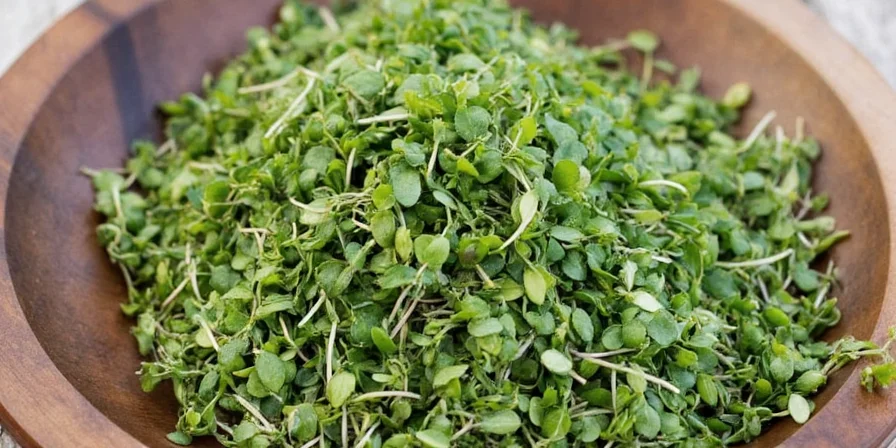
How to Grow Oregano at Home – Tips for Green Thumbs (and Not-So-Green Ones)
Whether you’ve got a sprawling garden or just a sunny windowsill, growing oregano is totally doable. Here’s how to get started:
- Choose the right soil: Oregano prefers well-drained soil with a neutral pH. Think of it as the plant version of preferring a firm mattress over a soft one.
- Sunlight, glorious sunlight: These plants love full sun — aim for at least 6–8 hours a day.
- Watering tips: Don’t drown your oregano! Water when the top inch of soil feels dry. Too much water = sad plant vibes.
- Prune regularly: Pinch off the top leaves to encourage bushier growth and prevent legginess.
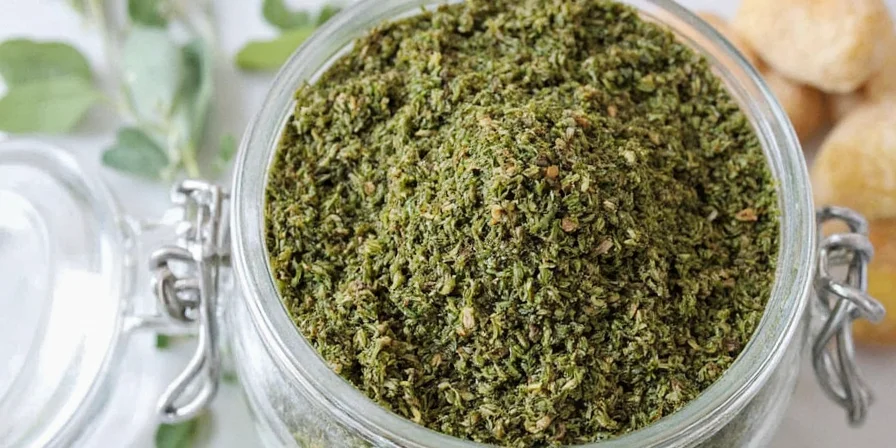
Cooking with Oregano – When to Add It, How Much, and What Pairs Best
If oregano were a person, it would definitely be the extroverted chef who can pair well with everyone in the kitchen. Here’s how to use it like a pro:
- Dried vs. fresh: Dried oregano has a stronger flavor, so use about 1/3 the amount of fresh if substituting. But for finishing touches, nothing beats a sprinkle of fresh oregano.
- When to add: In long-cooked dishes (like sauces or stews), add dried oregano early. If using fresh, add it toward the end for maximum flavor.
- Pairings: Tomatoes, garlic, olive oil, lemon, basil, thyme, lamb, and mozzarella all go great with oregano.
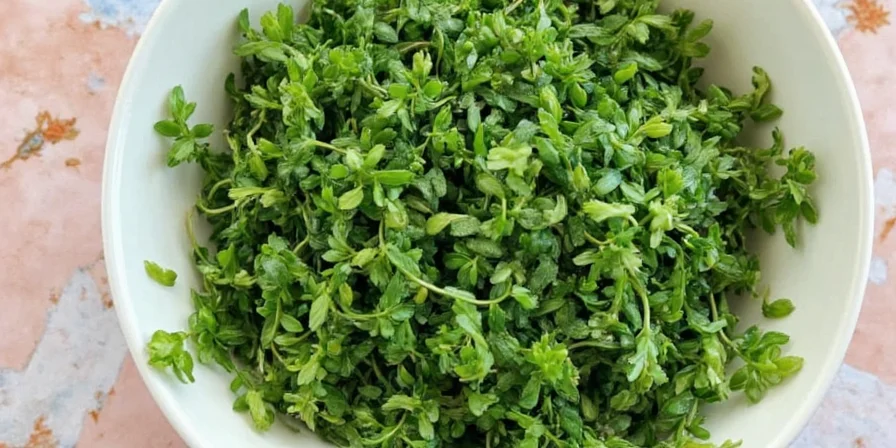
Health Benefits of Oregano – It's Not Just Flavorful, It’s Fabulous
Beyond its culinary uses, oregano packs a serious health punch. Here’s what science says:
- Antioxidants galore: Oregano contains compounds like rosmarinic acid and thymol, which fight free radicals and protect your cells.
- Antimicrobial properties: Yep, oregano can help kill bacteria — especially the kind that causes food spoilage and infections.
- Anti-inflammatory: Regular consumption may help reduce inflammation and support immune health.
- Digestive aid: It can soothe stomach cramps and bloating — perfect after a big meal!
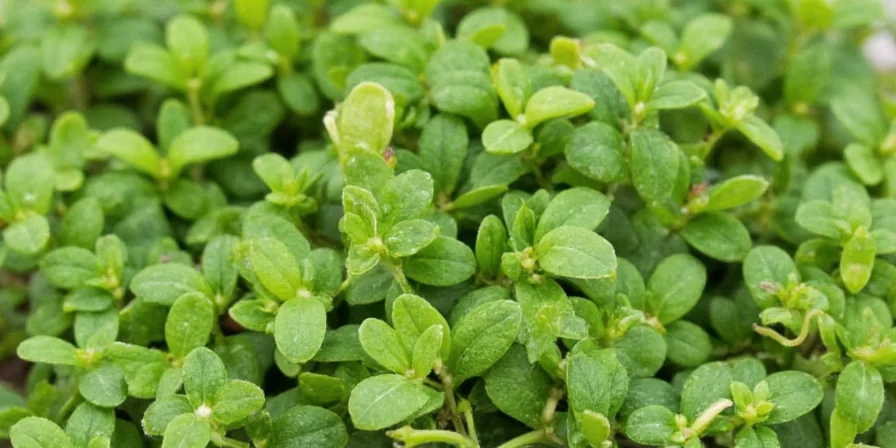
Proper Storage Techniques – Keep That Flavor Fresh!
You spent good money on that oregano — don’t let it turn into dusty graveyard herbs in your cabinet. Here’s how to store it properly:
- Dried oregano: Store in an airtight container away from heat, light, and moisture. Good quality oregano can last up to a year.
- Fresh oregano: Wrap in damp paper towels and store in a plastic bag in the fridge. Or freeze chopped leaves in ice cube trays with olive oil.
- Freezing whole stems: Hang them upside down in a dry place to air-dry, then strip the leaves and store in jars.
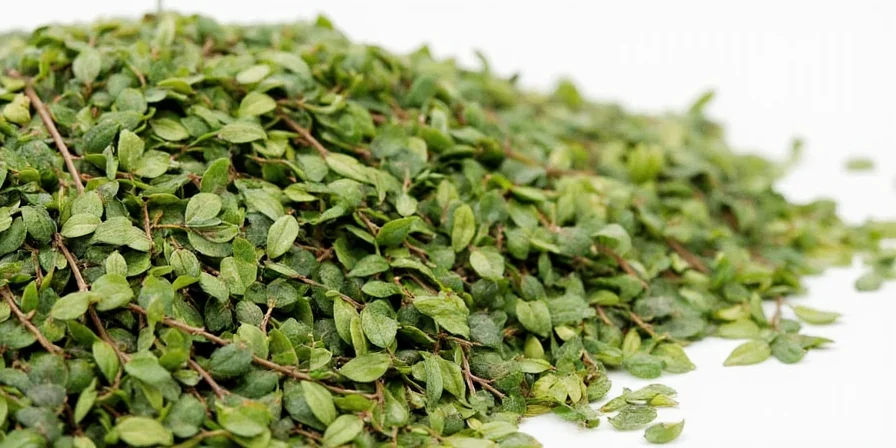
Fun Facts About Oregano – Because Why Not?
Let’s end this spicy journey with some quirky tidbits about our favorite little herb:
- Oregano was once used in wedding ceremonies in ancient Greece — brides carried bouquets of oregano to symbolize happiness and harmony.
- The Romans adopted oregano from the Greeks and spread it throughout their empire, which is how it made its way to Italy and beyond.
- Oregano is part of the mint family! Yes, really — it’s related to basil, thyme, rosemary, and lavender.
- In Mexican cooking, oregano often grows wild and is sometimes called “wild marjoram,” though it’s spicier than the European kind.
- A single teaspoon of dried oregano has more antioxidants than almost any other common herb — even more than blueberries!
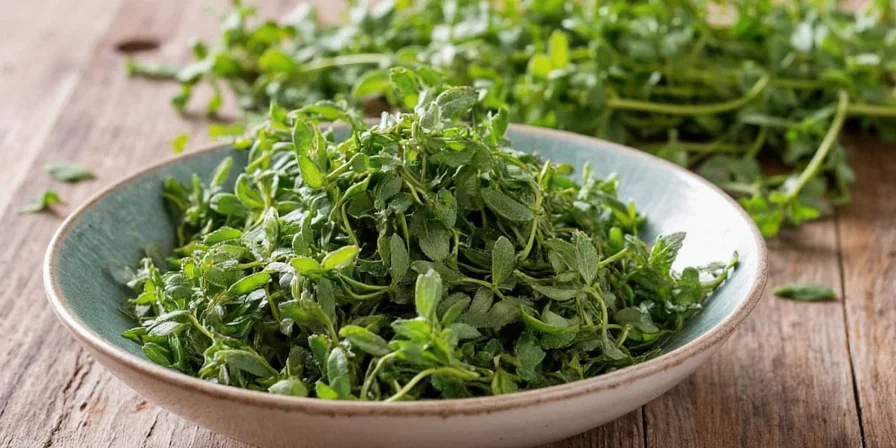

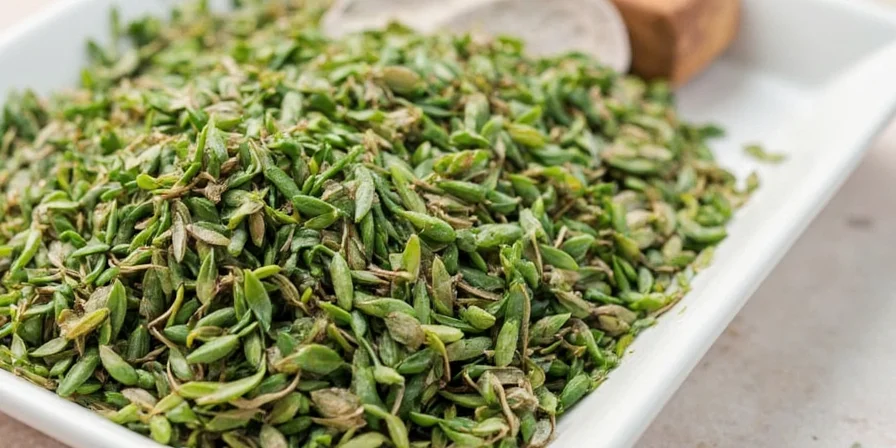









 浙公网安备
33010002000092号
浙公网安备
33010002000092号 浙B2-20120091-4
浙B2-20120091-4